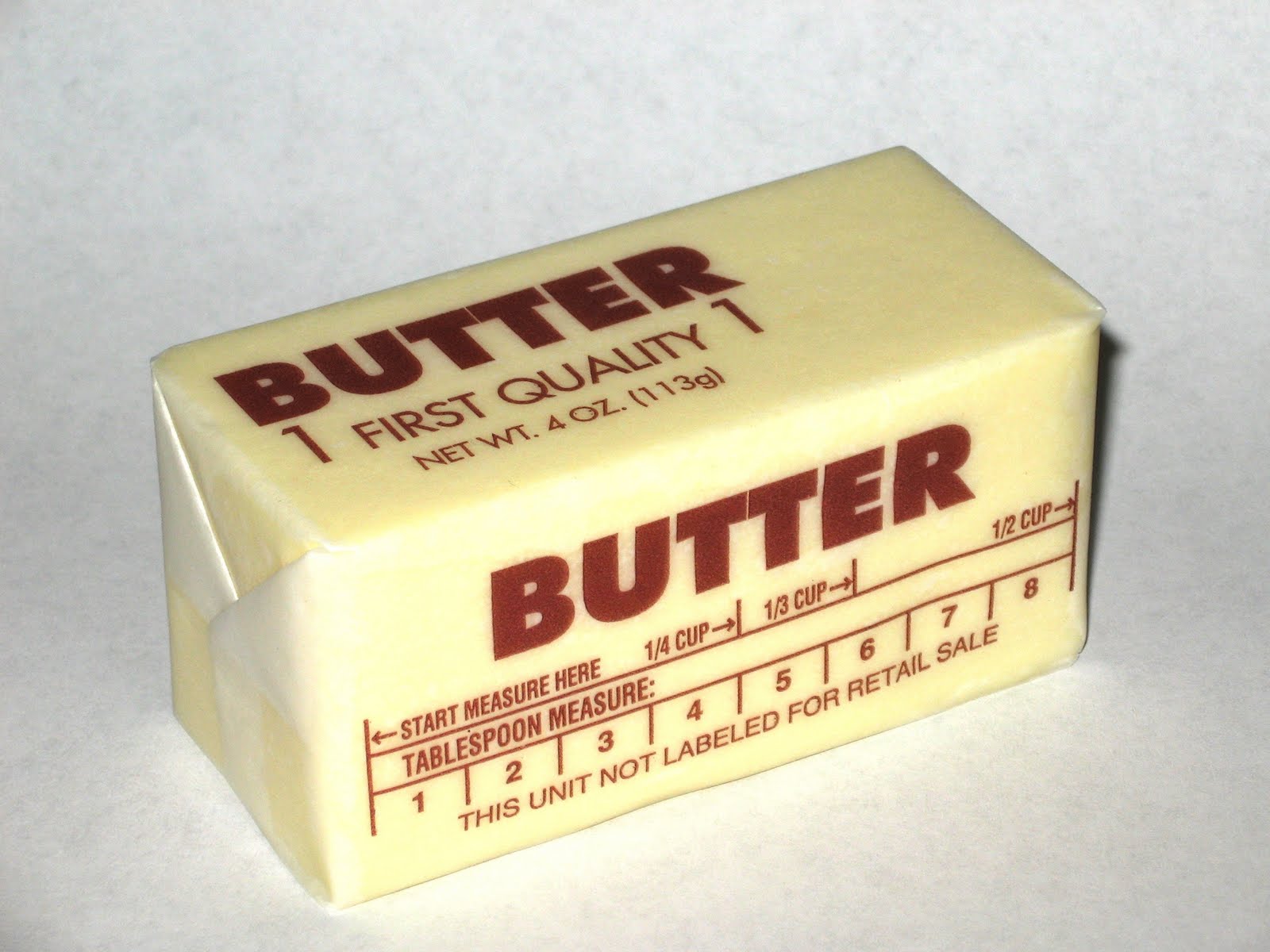Butter is a staple ingredient in many kitchens around the world, celebrated for its rich flavor and smooth texture. When it comes to baking and cooking, understanding the measurements and applications of butter is crucial. One common measurement that often appears in recipes is "1 cup butter." This article dives deep into the significance of this measurement, its various uses, and how it can elevate your culinary creations.
For many home cooks and professional chefs alike, butter is more than just a cooking fat; it's a flavor enhancer that can transform a dish. Whether you're whipping up a batch of cookies, making a sauce, or preparing a flaky pastry, knowing how to correctly measure and use 1 cup butter can make all the difference in achieving the perfect texture and taste. But what exactly does it mean to use 1 cup butter, and how can it be applied in various recipes?
Throughout this article, we will explore the many facets of butter, focusing specifically on what 1 cup of butter can do for your cooking and baking endeavors. From understanding its nutritional value to discovering tips for measuring and substituting butter, we aim to equip you with the knowledge you need to master this essential ingredient.
What is the Nutritional Value of 1 Cup Butter?
Understanding the nutritional profile of 1 cup butter can help you make informed choices in your cooking. Butter is primarily composed of fat, with a small amount of water and milk solids. Here's a breakdown of the nutritional content of 1 cup of unsalted butter:
- Calories: Approximately 1,600
- Total Fat: 184 grams
- Saturated Fat: 115 grams
- Cholesterol: 1,600 milligrams
- Sodium: 2 milligrams
- Carbohydrates: 0 grams
- Protein: 2 grams
While butter is high in calories and fat, it also contains important vitamins and minerals, such as vitamin A, vitamin E, and butyrate, a fatty acid that may support gut health. However, moderation is key when incorporating butter into your diet.
How is 1 Cup Butter Measured Accurately?
Properly measuring 1 cup butter is essential for achieving consistent results in your recipes. Here are some tips to ensure accuracy:
- Use a liquid measuring cup for melted butter.
- For solid butter, pack it into a dry measuring cup without compressing it too tightly.
- Level off the top with a straight edge for precision.
Can You Substitute 1 Cup Butter in Recipes?
Yes, there are several substitutes for 1 cup butter if you're looking for alternatives due to dietary restrictions or personal preferences. Here are a few options:
- 1 cup margarine
- 1 cup vegetable oil (for baking)
- 1 cup applesauce (for baking, reduces fat)
- 1 cup coconut oil
Each substitute may alter the flavor and texture of your dish, so it's essential to consider how these changes will affect your final product.
What are the Best Recipes Using 1 Cup Butter?
Here are some delightful recipes that prominently feature 1 cup butter:
- Chocolate Chip Cookies: A classic treat where 1 cup butter adds richness and chewiness.
- Buttercream Frosting: Perfect for cakes, this frosting relies on 1 cup butter for its smooth consistency.
- Homemade Biscuits: Flaky and buttery, these biscuits are a breakfast favorite.
- Garlic Butter Shrimp: A quick and flavorful dish that showcases the savory taste of butter.
What are the Different Types of Butter Available?
Butter comes in various forms, and understanding these differences can help you choose the right type for your culinary needs. Here are some common types of butter:
- Unsalted Butter: Ideal for baking, as it allows for better control over salt content.
- Salted Butter: Adds flavor to dishes, but may not be suitable for baking.
- Clarified Butter: Heated to remove milk solids, making it ideal for high-heat cooking.
- Whipped Butter: Light and airy, this is often used as a spread.
How Can You Store 1 Cup Butter for Freshness?
To maintain the freshness of 1 cup butter, follow these storage tips:
- Keep butter in the refrigerator to prevent spoilage.
- Wrap opened butter tightly in plastic wrap or foil.
- For long-term storage, freeze butter in airtight containers or freezer bags.
What are the Benefits of Using 1 Cup Butter in Baking?
Using 1 cup butter in your baking recipes offers several benefits:
- Enhances Flavor: Butter adds a rich, creamy flavor that is hard to replicate.
- Improves Texture: It contributes to a tender crumb and flakiness in baked goods.
- Acts as a Leavening Agent: When creamed with sugar, it helps incorporate air for a lighter texture.
Is There a Healthier Option Than 1 Cup Butter?
If you're looking for healthier alternatives, consider the following options:
- Avocado: Offers healthy fats and can be used in baking.
- Greek Yogurt: Provides moisture and protein, reducing overall fat content.
- Nut Butters: Adds flavor and healthy fats, but may alter the taste of baked goods.
1 cup butter is a versatile and essential ingredient that can elevate your cooking and baking. By understanding its nutritional value, how to measure it accurately, and the various recipes it can enhance, you can harness the full potential of this delightful ingredient. Whether you're baking a cake or sautéing vegetables, butter is sure to add a touch of richness and flavor that will delight your taste buds.
Discovering The Enigma Of The Madagascar Lion
Unveiling The Essence Of Ritu Arya: A Journey Through Life And Art
Unveiling The Life Of Jackie Aprile Sr.: A Journey Through The Underworld
:max_bytes(150000):strip_icc()/GettyImages-983079120-2000-3064cf6748ec4c108a38f94f7b990f8f.jpg)

